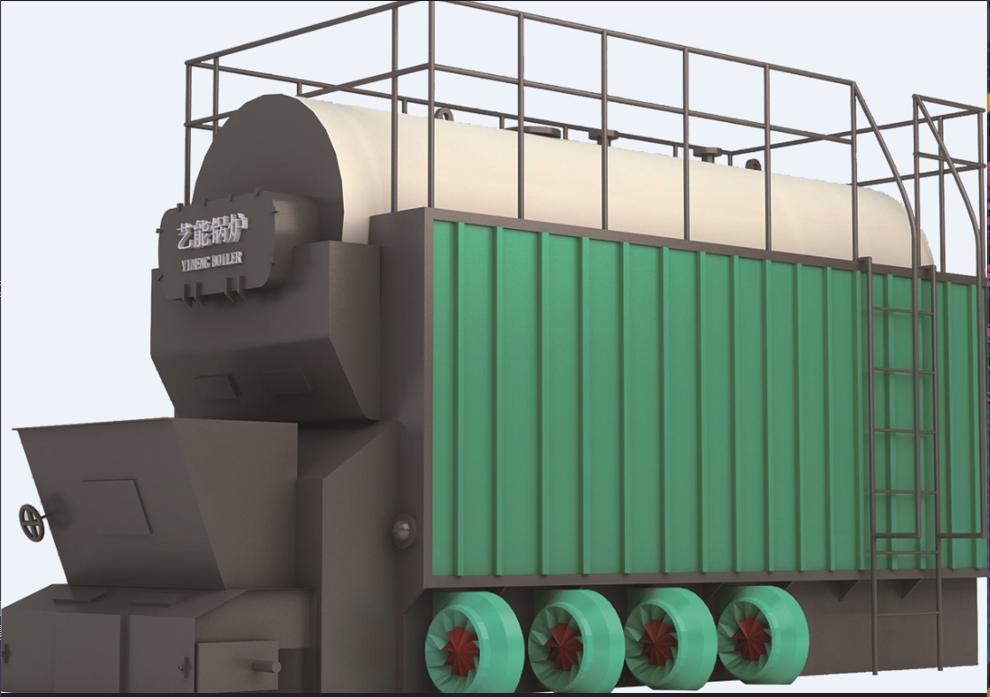water tube boiler products
Understanding Water Tube Boilers A Comprehensive Overview
Water tube boilers are a crucial component in various industrial applications, renowned for their efficiency and reliability. Unlike fire tube boilers, where hot gases pass through tubes surrounded by water, water tube boilers contain water-filled tubes that are heated by combustion gases. This design allows water to be converted into steam quickly and efficiently, catering to high-pressure demands.
Key Components and Design
The primary components of a water tube boiler include the steam drum, mud drum, water tubes, and economizer. The steam drum collects the steam produced in the water tubes, while the mud drum collects any sediment. The water tubes themselves serve as the main passage for water, which is heated by the gases generated from burning fuel. The economizer enhances efficiency by preheating the feedwater before it enters the drum, maximizing heat recovery and reducing fuel costs.
Operational Efficiency
One of the most significant advantages of water tube boilers is their ability to operate at high pressures, often exceeding 1000 psi. This makes them ideal for power generation and large-scale heating applications. The design allows for rapid steam generation, which is critical in industries that require a constant and reliable steam supply, such as chemical manufacturing, food processing, and power plants.
Water tube boilers also have a superior response to load fluctuations. Their ability to handle sudden changes in demand makes them more adaptable than fire tube boilers, providing operational flexibility that is essential in modern industrial settings.
water tube boiler products

Safety and Maintenance
Safety is paramount in boiler operation, and water tube boilers are equipped with various safety features. The design inherently limits the volume of water kept under pressure, reducing the risk of catastrophic failures. Regular maintenance is essential for optimal performance. This includes inspecting for leaks, ensuring proper water quality, and monitoring the condition of the tubes to prevent scaling and corrosion.
Environmental Considerations
As industrial practices evolve, the demand for environmentally friendly operations increases. Water tube boilers can be designed to accommodate a variety of fuels, including natural gas, biomass, and even waste oils, which can help reduce greenhouse gas emissions. Moreover, incorporating advanced control systems allows for better monitoring and optimization of combustion processes, enhancing overall efficiency and reducing the carbon footprint of industrial operations.
Conclusion
In summary, water tube boilers play a vital role in numerous applications, appreciated for their efficiency, safety, and adaptability. As industries continue to pursue sustainable practices, the versatility of water tube boilers will remain integral to achieving operational goals and fulfilling environmental responsibilities. Understanding their components and operational dynamics is crucial for anyone involved in industrial heating solutions.
-
High-Efficiency OEM Steam Boilers w/GPT-4-TurboNewsAug.02,2025
-
Advanced Electric Steam Boiler Manufacturers | GPT-4 Turbo AINewsAug.01,2025
-
Custom Steam Boilers Manufacturer | AI-Enhanced EfficiencyNewsJul.31,2025
-
Top Electric Steam Boiler Makers | AI-OptimizedNewsJul.31,2025
-
Top Electric Steam Boiler Manufacturers - High Efficiency SolutionsNewsJul.30,2025
-
Top Electric Steam Boiler Manufacturers – Efficient Industrial SolutionsNewsJul.29,2025

